We all know that running a business comes with a never-ending stream of emails flooding our inboxes. It can be overwhelming, time-consuming, and a bit chaotic at times. So, let’s talk about some valuable tips for mastering your inbox management. Whether you’re a solopreneur or leading a small team, staying on top of your email game is crucial. Your inbox is often the gateway to important client inquiries, collaboration opportunities, and key business updates.
By effectively managing your inbox, you can enhance your productivity, maintain professional relationships, and ultimately boost your business’s success. We’ve got ten actionable tips that will help you regain control over your inbox and transform it from a wild jungle into a well-organised haven of productivity. Are you ready to wave goodbye to email overwhelm and reclaim your inbox?
Set clear email goals
Picture this: you open your inbox and there’s a flood of emails waiting for your attention. It’s like diving into a sea of unread messages, and it can leave you feeling overwhelmed and unsure of where to begin. That’s where setting clear email goals comes to the rescue. Take a moment to think about what you want to achieve with your emails. Are you looking to respond to important client inquiries promptly? Or maybe you want to stay updated on industry news and trends?
By identifying your email priorities and objectives, you can laser-focus your efforts and tackle your inbox with purpose. Now, here’s the golden rule: avoid unnecessary emails like the plague. Not every email deserves your immediate attention. Be selective about the emails you respond to and prioritise the ones that align with your goals. This way, you’ll spend your valuable time and energy where it matters most, rather than getting bogged down in the never-ending cycle of trivial messages.
Remember, the key here is to be intentional. Before you hit that “compose” button or dive into your inbox, ask yourself, “Does this email align with my goals? Is it essential for my business?” If the answer is no, consider if it’s worth your time and attention.
Create effective email filters and folders
We all know how messy our inboxes can get, with important emails getting lost in a sea of promotional offers and cat memes. It’s time to take control and bring some order to the chaos. First things first, let’s talk about filters. Email filters are like those magical bouncers who let in the VIPs and keep the riff-raff out. They work behind the scenes, automatically sorting incoming emails based on criteria you set.
Want to prioritise emails from specific clients or colleagues? Need to send newsletters straight to a separate folder for later reading? Filters have got your back. And setting up filters is a breeze. Most email providers have built-in filter options that allow you to define rules for organising your inbox. Simply choose your criteria, like sender email addresses, specific keywords, or subject lines, and let the filters work their magic. Say goodbye to manually sifting through countless emails!
Now, let’s talk about folders. Folders are like the filing cabinets of your inbox. They help you categorise and store emails for easy access and retrieval. Instead of relying solely on your overflowing inbox, create folders that align with different projects, clients, or categories relevant to your business. This way, you can quickly locate important emails without the headache of scrolling through a never-ending list.
Oh, and here’s a pro tip: combine filters and folders for ultimate inbox organization power. Set up filters to automatically send specific emails to their respective folders, and watch as your inbox becomes a neatly organised paradise. Remember, the goal here is to save time and boost efficiency. By creating effective email filters and folders, you’ll streamline your inbox and reclaim valuable brain space for more important tasks.
Establish email checking routines
We all know how tempting it is to keep our inboxes open all day, refreshing every two seconds in fear of missing something crucial. But trust me, that’s a recipe for a productivity disaster. Here’s the deal: instead of being a slave to your inbox, take control by setting specific times for checking and responding to emails. This way, you can focus on your tasks without constantly interrupting your flow.
Now, I know what you might be thinking: “But what if something urgent comes up?” Designate a specific slot in your routine for checking priority emails, so you can still stay on top of time-sensitive matters. Just be sure not to let it spiral into an all-day email frenzy. Consider creating two or three dedicated email-checking sessions throughout your day. Schedule them strategically, like first thing in the morning, after lunch, and before wrapping up your work. This way, you’re tackling emails in batches instead of being at the mercy of constant distractions.
Oh, and one crucial rule: resist the urge to check your emails every time a notification pops up. Trust me, most emails can wait a little while. You’ll be amazed at how much more focused and productive you’ll be when you’re not constantly shifting your attention between tasks and emails. The goal here is to strike a balance between staying responsive and preserving your precious productivity. By establishing email checking routines, you’re taking charge of your inbox and ensuring that it doesn’t hijack your entire day.
Unsubscribe and manage subscriptions
We all know how those pesky newsletters, promotional offers, and random subscriptions can clutter up our inboxes. You open your inbox, and there it is – another newsletter from a company you vaguely remember subscribing to ages ago. You don’t even read half of them, right? So why let them take up valuable real estate in your inbox? It’s time for a clean-up mission. Take a good look at all those subscriptions and ask yourself: “Do I really need this? Does it add value to my business or personal life?”
Be ruthless! Unsubscribe from anything that doesn’t serve a purpose or bring you joy (Marie Kondo would be proud). Most newsletters and promotional emails have an “unsubscribe” link buried somewhere at the bottom. Click it, bid them farewell, and watch as your inbox breathes a sigh of relief. If you’re feeling overwhelmed with the sheer number of subscriptions, there are also handy email management apps and tools out there to help you bulk unsubscribe and regain control in no time.
But wait, what about those subscriptions you actually want to keep? Create a dedicated folder for newsletters and subscriptions, and set up filters to automatically route them there. This way, you can keep them neatly organised and browse through them at your convenience, without cluttering your primary inbox. By taking control of your subscriptions, you’re freeing up space for the emails that truly matter and creating an inbox that (hopefully) sparks joy.
Utilise email templates and canned responses
We all know that feeling of writing the same type of email over and over again, right? It’s like Groundhog Day, but with the “send” button instead of a weather forecast. Well, it’s time to break that cycle. Here’s the deal: email templates and canned responses are like secret weapons in your inbox arsenal. They allow you to create pre-written emails for common inquiries, so you can respond with lightning speed and consistency.
Whether it’s a frequently asked question, a standard request, or a regular update, templates have got your back. Creating email templates is easy. Take a moment to identify the types of emails you find yourself writing repeatedly. Maybe it’s a welcome email to new clients, a response to partnership inquiries, or even a follow-up after a meeting. Craft a well-crafted, professional template that covers the essentials, and save it for future use.
Now, canned responses are similar but more flexible. They allow you to save snippets of text that you can insert into your emails as needed. So, if you often find yourself answering similar questions or providing the same information, you can simply select the appropriate canned response and voila! It’s like magic. But hold on, don’t let these templates and canned responses make you sound like a robot. Personalisation is key!
Customise the templates and responses to match the recipient and add a touch of your authentic voice. This way, you can save time without sacrificing that personal connection. With a few clicks, you can respond to emails in a flash, maintain consistency, and reclaim valuable time for more important tasks.
Practice email brevity and clarity
We’ve all received those never-ending emails that require a PhD in deciphering to understand what the sender actually wants. Let’s put an end to the email confusion and streamline our communication. Here’s the scoop: when it comes to emails, shorter is sweeter. Ain’t nobody got time to read a novel-length email, am I right? So, let’s get straight to the point and keep it concise.
Trim the unnecessary fluff, get rid of the jargon, and stick to the essential information. Your recipients will thank you for saving their precious time and brain cells. But brevity doesn’t mean sacrificing clarity. We want our emails to be crystal clear and easy to understand. Break your email into clear sections or bullet points to improve readability. Use simple and straightforward language to get your message across without confusion.
Remember, clarity is the key to effective communication. Oh, and don’t forget to proofread before hitting that “send” button. Spelling mistakes and grammatical errors can make even the clearest email look unprofessional. Give it a quick read-through to catch any pesky typos and ensure your message is coming across as intended.
Now, maybe you have a lot to say. Well, if your email is turning into a novella, it might be time to consider if email is the best medium for that particular communication. Sometimes, a quick call or a face-to-face meeting can save you from drowning in an email sea.
Take advantage of email productivity tools
We live in a world filled with amazing technology, so why not leverage it to make our inbox management a breeze? Managing emails manually can be time-consuming and overwhelming. Luckily there’s a whole array of productivity tools out there designed to make your life easier. These tools are like little helpers that take care of the nitty-gritty, so you can focus on what truly matters.
One must-have tool in your arsenal is the good ol’ email scheduler. Say goodbye to late-night emails or waking up at the crack of dawn just to hit that send button. With an email scheduler, you can compose your messages at your convenience and schedule them to be sent at the optimal time. Whether it’s to ensure your emails reach different time zones or to maintain a consistent communication schedule, email schedulers are your new best friend.
Another handy tool is the email tracking system. Ever wonder if your important email got lost in the abyss? Email tracking tools can give you the power to know when your recipient has opened your message. You’ll no longer be left in the dark, anxiously wondering if your email got lost in cyberspace or if your recipient is simply procrastinating. And let’s not forget about the email management apps and plugins. These gems can help you streamline your inbox, prioritise important emails, and even categorise them automatically.
Apps and plugins offer features like snoozing emails, organising them into different folders, and setting reminders. With these tools in your corner, you can take control of your inbox like never before. Just remember that less is more. It’s easy to get overwhelmed with a plethora of apps and plugins. So, start small, choose a few that align with your specific needs, and master them before expanding your tool belt.
Delegate email management to a virtual assistant
Sometimes, our inboxes feel like they’re plotting against us. The endless flood of emails can drown our productivity and leave us feeling like we’re treading water. But don’t worry, because a virtual assistant can swoop in and save the day. Instead of spending hours upon hours sorting, responding, and organising your inbox, you could pass the torch to a capable virtual assistant.
These magical beings are experts in email management and can handle the nitty-gritty while you focus on running your business. Think about it. With a virtual assistant, you can offload the repetitive tasks like filtering through spam, responding to routine inquiries, and organising your inbox. They can prioritise urgent emails, flag important ones for your attention, and even draft professional responses on your behalf.
Look for someone who is reliable, trustworthy, and has experience in email management. Communication is key, so be clear about your expectations and provide any necessary guidelines or templates. Delegating your inbox to a virtual assistant doesn’t mean relinquishing control. It means gaining back precious time and mental energy to focus on what truly matters to your business.
Don’t be afraid to embrace the power of delegation and let your virtual assistant become your inbox’s new best friend. Remember, your time is valuable. By delegating email management to a virtual assistant, you’re reclaiming your time and ensuring that your inbox is in capable hands.
Set email boundaries and manage expectations
We live in a world where it feels like we’re expected to be constantly connected and available. But guess what? We’re taking back control. You are not a 24/7 email machine. You’re a human being with a life outside of your inbox. It’s important to establish boundaries to maintain a healthy work-life balance and prevent email from taking over your every waking moment. Start by defining your email availability hours.
Let your clients, colleagues, and contacts know when they can expect a response from you. Set clear expectations about your response time and communicate it openly. This way, everyone knows that you’re not glued to your inbox around the clock, and they’ll respect your boundaries. And speaking of expectations, don’t be afraid to manage them proactively. Let your contacts know your preferred mode of communication for urgent matters.
If something requires immediate attention, a phone call or instant message might be more efficient than waiting for an email response. By setting these expectations upfront, you can avoid unnecessary stress and ensure that urgent matters are handled promptly.
I know it can be tempting to check your emails outside of your designated work hours. That little ding or notification can be hard to resist. But here’s a gentle reminder: it’s okay to unplug and give yourself some downtime. Your mental well-being and productivity will thank you. Consider turning off email notifications on your phone during non-work hours or using the “Do Not Disturb” mode. This way, you can fully disconnect and enjoy your personal time without constant email interruptions.
Setting email boundaries is not about neglecting your responsibilities. It’s about taking care of yourself and creating a healthy work environment. By managing expectations and establishing clear boundaries, you’re fostering a healthier relationship with your inbox and finding that much-needed balance in your life.
Regularly declutter and archive emails
It’s time to give your inbox a much-needed makeover and bid farewell to the virtual clutter that’s been weighing you down. Let’s face it, our inboxes can resemble a virtual jungle if left unattended. Old emails, outdated conversations, and forgotten attachments can really pile up. The first step is to declutter. Take a deep breath, put on your favourite tunes, and dive into your inbox.
Sort those emails like a pro, and ask yourself: “Do I really need this? Does it serve a purpose?” Be ruthless. Delete or archive anything that’s no longer relevant or necessary. Trust me, it’s like hitting the reset button for your inbox. Then, archiving is your secret weapon. Instead of deleting everything, you can create a well-organised archive to store those important emails that you might need to reference in the future.
Think of it as a virtual filing cabinet where you can quickly access past conversations, receipts, or important information. Create folders or labels that make sense to you and start organising those emails. Whether you prefer organising by project, client, or topic, find a system that works for you and stick to it. With a well-structured archive, you’ll be able to find what you need when you need it, without the headache of scrolling through thousands of old emails.
Just like cleaning your physical space, decluttering your inbox is an ongoing process. Set aside dedicated time each week or month to declutter, archive, and keep that inbox fresh and tidy. By regularly decluttering and archiving, you’re creating a digital oasis of efficiency and organisation.
Tips for a more efficient inbox
With these strategies in your toolkit, you’re well-equipped to take control of your inbox, increase your productivity, and reclaim valuable time for what truly matters. From setting clear email goals to harnessing the power of email productivity tools, you can now optimise your inbox for efficiency and productivity. Embrace the art of delegation by hiring a virtual assistant to handle the email overwhelm and don’t forget about the importance of setting email boundaries, decluttering, and archiving to maintain a healthy work-life balance.
Mastering your inbox management is not a one-time event. It’s an ongoing process that requires consistent effort and adaptation. Remember to keep the big picture in mind. Your inbox is a tool to support your business, not a never-ending task that consumes your every waking moment. By implementing these tips, you’re taking control of your inbox, reclaiming your time, and creating a more streamlined and efficient workflow.







